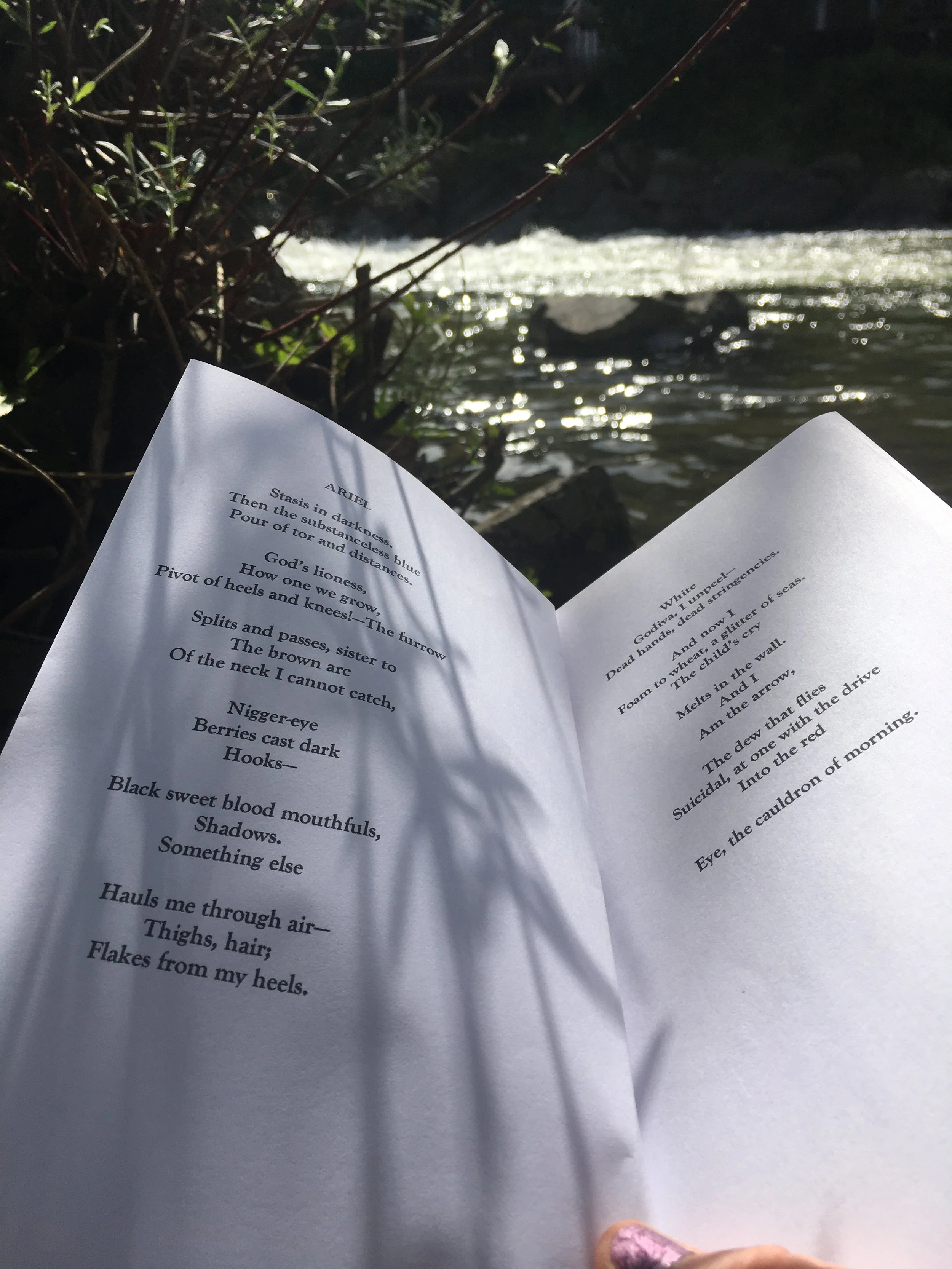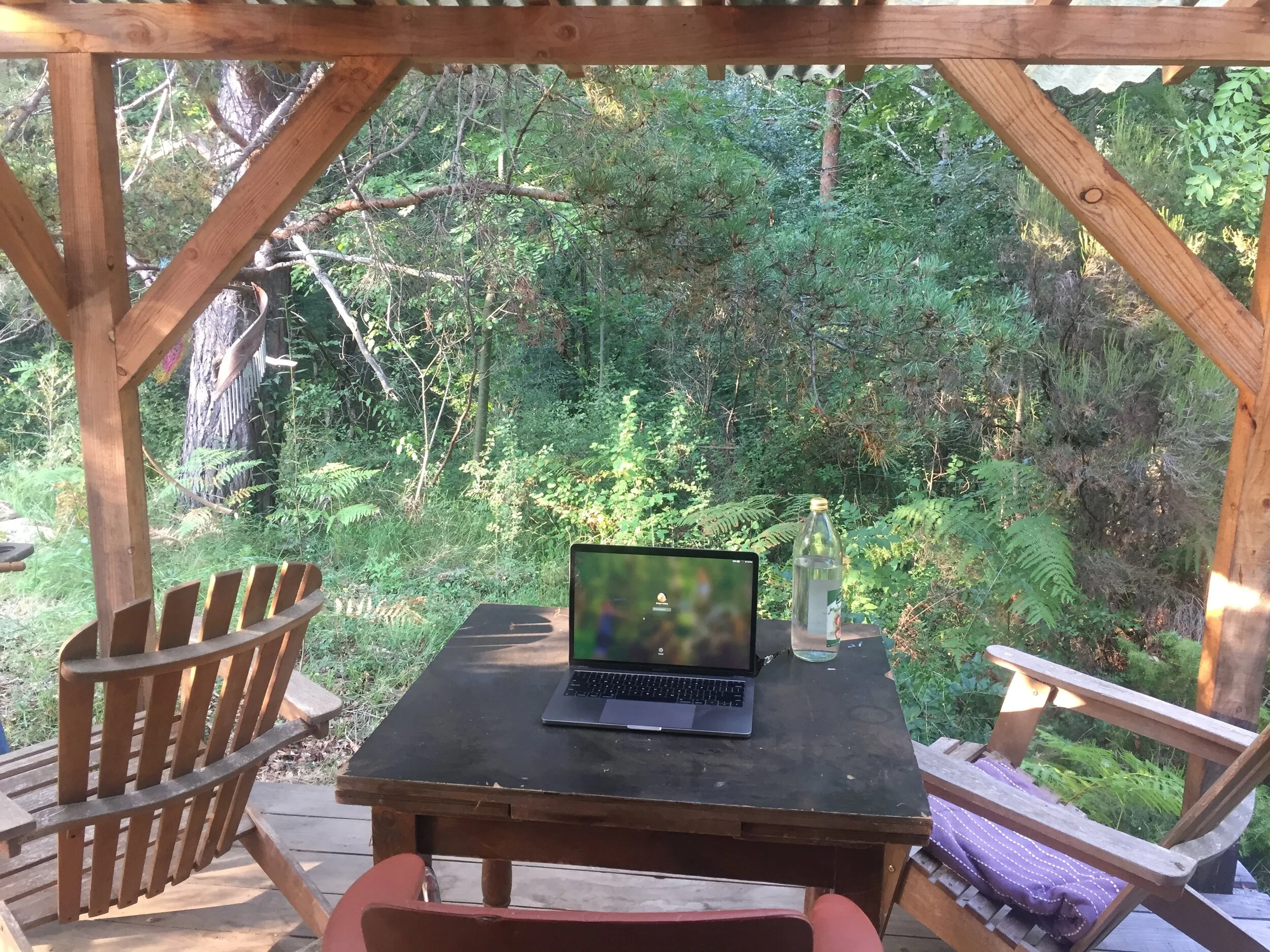Last weekend I went from my home in the foothills of the Pyrenees, into the high mountains of the neighbouring department of Ariege.
I had appointments with two expert animal trackers. I wanted to learn more about ‘wildness’ in order to go deeper into my work with ‘wild words’. My first meeting was with Serge, a wiry, self -effacing man in his fifties, sporting a moustache and 70’s shades. He’s spent twenty years tracking the Pyrenean brown bear. His job is to mediate, and to try and diffuse tensions, between the bears and the local shepherds, who regard the sheep as a threat to their flocks.
My romantic images of Serge the solitary tracker, running barefoot through the forests, were quickly dispelled when I discovered that the bears are tracked via a series of cameras. ‘This is the only way to do it’, he told me. ‘Unless you want to stay up all night’ (they are nocturnal), ‘and unless you want to risk your life’.
It’s certainly true that most of the cultures where tracking was practiced extensively are dry earth, or desert-based, aboriginal Australians being an example. Animal prints are much easier to see in sand. In your average forest, strewn with leaf litter, sticks, and leaves, tracking not an easy task.
I then met Ernest. He’s an ichnologist. That is to say, he specialises in the science of animal traces. His house is an Alladin’s cave of casts and other art works that put into solid form the wanderings of animals over our earth.
This is a man who spent three months living on a frozen lake. This is also a man who is about to take his wife and five children to spend two months in the Brazilian rainforest. I was swept up into a brave new world by his stories.
Driving home I stopped by a man-made lake. It was deserted. The tourist season hasn’t begun here yet. Walking across the volleyball court to get to the café, I saw several clear sets of tracks in the sand. During the previous night deer had skipped through. Wild boar had lugged their heavy weight across too.
I might not be up to the facing the deserts of Australia yet, but the sand- based culture of the volleyball courts of Southern France, I can do that.
The Weekly Prompt
Find an area of sand, or fine soil. This might be loose sand on a building site, a children’s’ sandpit, the sediment left by a river, or a beach.
Go to this place in the early morning. Write about what you find. Who, or what has left its mark overnight?
This article was first published April 24th 2013

















We unpeel those layers that have attached themselves over time, by finding word portals back to a freshness of thought and expression.